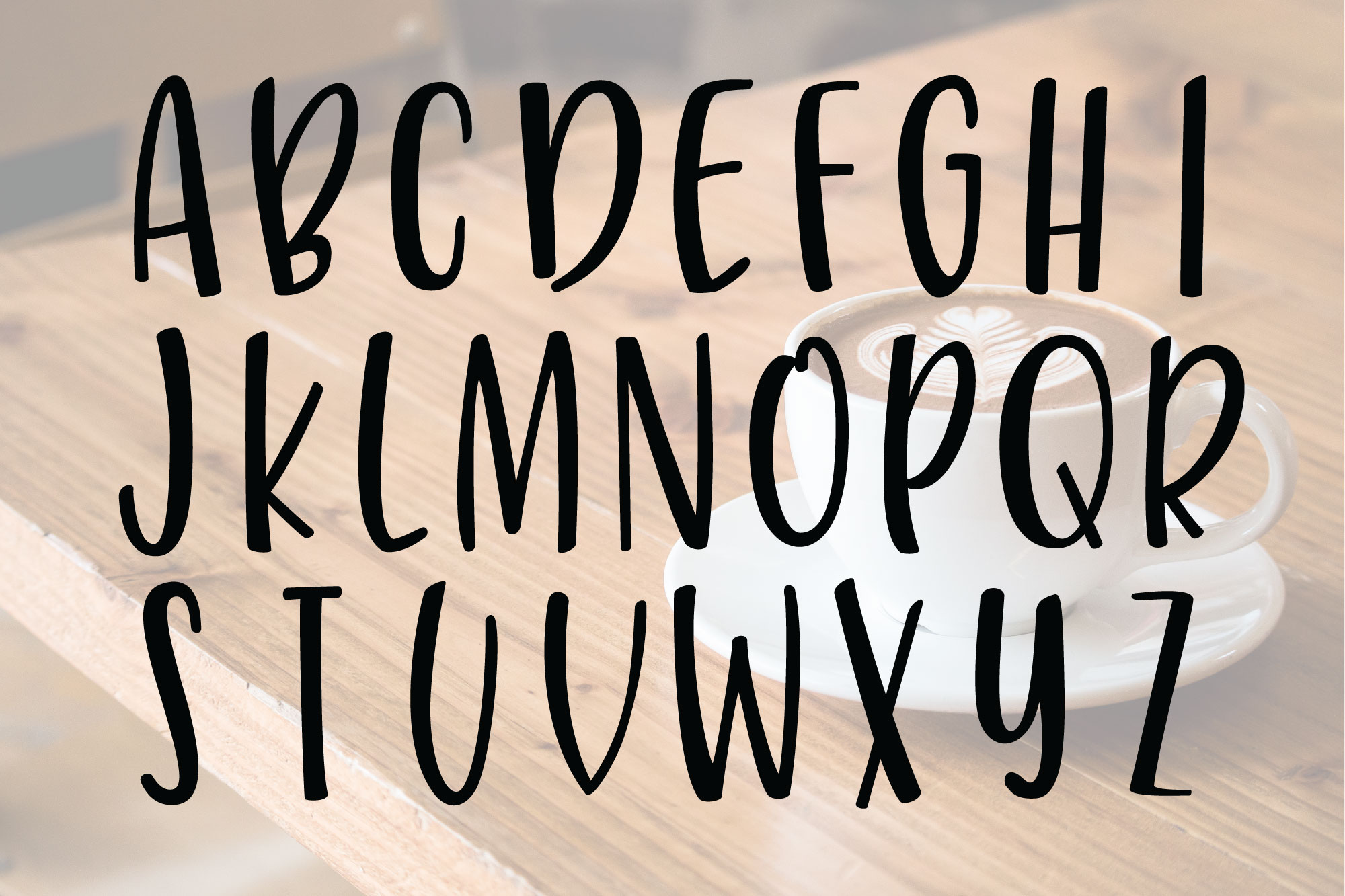

Times, Baskerville, and Garamond are some of the most famous serif fonts used in digital typography today. Inspired by the calligraphic art sometime in the 15th century, the Old Style class of serif fonts has certain peculiarities such as thick-to-thin transitions, slanting serifs on lowercase letters, and ending strokes that are rounded, just as they would be in calligraphy. If the Old Style looks like it has its roots in calligraphy, you're right. Each of these is outlined below: Old Style Serif Fonts The fonts that come under the Serif category can be further broken down into four subgroups. Serif Fonts - 4 Categories You Should Knowįonts are generally classified into Serif and non-Serif. Regardless of its origin, the concept of serifs is a very important aspect of modern digital typography. The origin of the word is the Dutch "schreef", which literally means pen stroke or line. Others maintain that the serif was introduced as a stylistic element to make the ends of letters look neater. The painter would typically end some characters with a flare, which has come to be known as a serif. The simple way to define serif: A serif is a mark at the end of a printed or printable character believed to be introduced in stone carving, as a guide for each letter of a word. Serif Font Examples in Real-world Designs
SERIF PREMIUM FONTS HOW TO
But what is Serif, exactly? Do you know the Serif definition, or even how to explain what is a Serif if someone asked you? As you enter the world of typography, Serif is probably one of the first terms you'll need to familiarize yourself with.


 0 kommentar(er)
0 kommentar(er)
